TRAVEL
The Deadliest Beaches in the World
Published
1 year agoon
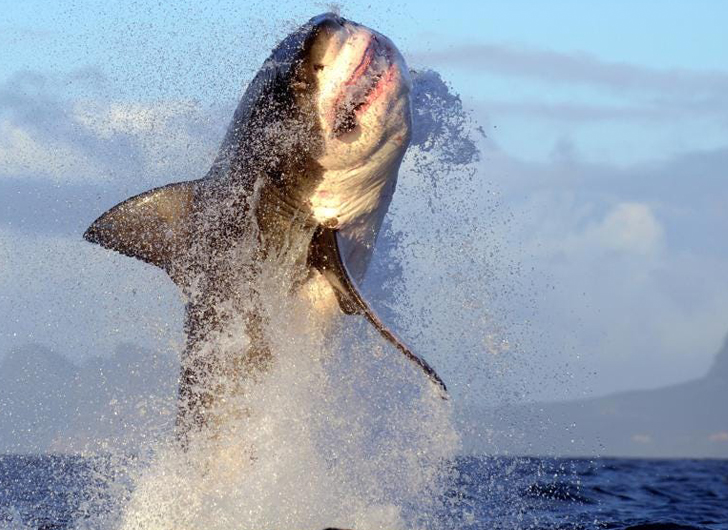 Source: Corbis via Getty Images
Source: Corbis via Getty Images
When you think of beaches, you may think of beautiful stretches of sand and crystal-clear shallow waters where children and adults can swim and play in relative safety. But not all beaches are created equal! Some beaches are notoriously dangerous and claimed numerous lives over the years. Whether the danger lies in shark attacks, deadly jellyfish attacks, or massive waves and rip currents, here are the world’s top ten most dangerous beaches.
Fraser Island, Australia
Fraser Island has been dubbed the most dangerous beach in the world due to the many shark attacks and strong rip currents. Since 1905, there have been over 60 shark attacks on this beach, many of them fatal. The rip currents are also notoriously strong, making it dangerous for even experienced swimmers. And then there’s the Dingos – an Australian wild dog!
Praia de Boa Viagem, Brazil
This beach in Brazil is known for its unpredictable waves and a high number of shark attacks. The waves can also be very powerful, making it dangerous for inexperienced swimmers. In the past, there have been over 50 shark attacks in this area, with many being fatal.
Playa Zipolite, Mexico
Located on Mexico’s Pacific coast, Playa Zipolite has strong rip currents and has been the site of many drowning incidents over the years. Swimmers are warned not to venture too far into the water, as the currents can be deadly.
Cape Tribulation, Australia
Another dangerous beach in Australia, Cape Tribulation, is known for its box jellyfish, considered the deadliest in the world. The box jellyfish has tentacles that can extend up to 10 feet and deliver a potent venom that can be fatal. Swimmers should wear protective clothing and avoid the water during jellyfish season.
New Smyrna Beach, Florida, USA Florida’s New Smyrna Beach has the world’s highest number of shark attacks, with an average of 10 attacks per year. The sharks in this area are primarily small and pose little danger to humans, but the sheer number of attacks makes it a dangerous beach.
Gansbaai, South Africa
Gansbaai is known for its great white sharks, which are attracted to the large number of seals in the area. Shark cage diving is popular in this area, but swimmers are advised to stay out of the water to avoid a potentially deadly encounter.
Chowpatty Beach, Mumbai, India
Beaches can be dangerous not only because of shark attacks and powerful waves. Chowpatty Beach in Mumbai is heavily polluted and has high levels of bacteria, making it hazardous for swimming. In addition to the pollution, the beach can be very crowded, which increases the risk of accidents.
Kilauea Beach, Hawaii, USA
Kilauea Beach is located near an active volcano, which makes it dangerous for swimmers. The volcano can cause sudden and unexpected changes in the water temperature, which can be deadly.
Hanakapiai Beach, Hawaii, USA
Another dangerous beach in Hawaii, Hanakapiai Beach, has strong rip currents and dangerous waves. Swimmers are advised not to venture too far into the water, as the currents can quickly pull them out to sea.
Cape Cod, Massachusetts, USA
Cape Cod has become known for its increasing number of shark sightings and attacks in recent years. The area is home to a large population of seals, which attracts the sharks. Swimmers should stay close to shore and avoid swimming when sharks are most active during dawn and dusk.
While beaches can be beautiful and relaxing, knowing the potential dangers is essential. If you plan to visit any of these beaches, heed warning signs and stay aware of your surroundings to avoid potential hazards.
More From Bon Voyaged
-
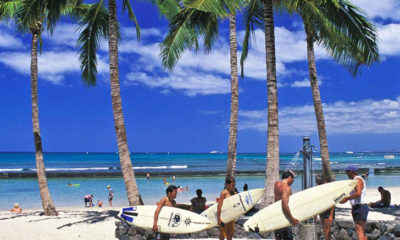
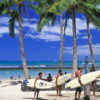
How to Bypass Hawaii’s Strict Quarantine Rule
-
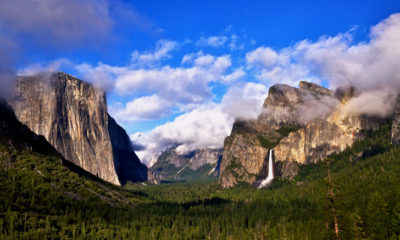

National Parks Remain Open During Coronavirus – With Some Changes
-
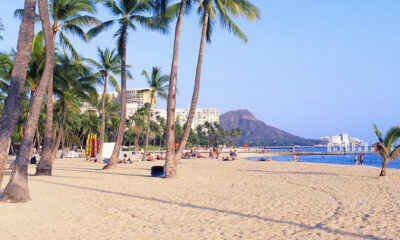

These Five Gorgeous Beaches are Trending on TikTok
-


Tips for Enjoying a Summer RV Vacation
-


This is the Most Popular U.S. Travel Destinations for the…
-


Disney World Raising Ticket Prices For the First Time Since…
-
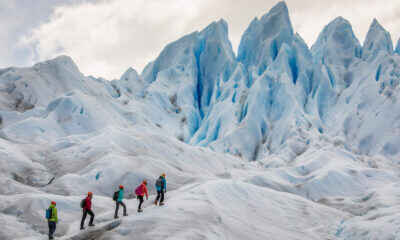
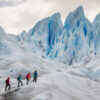
Book now for the holidays and don’t wait on your…
-


This U.S. Location Has Been Named the Country’s Best Summer…
-


The Cartoon Network Hotel Coming Soon
-
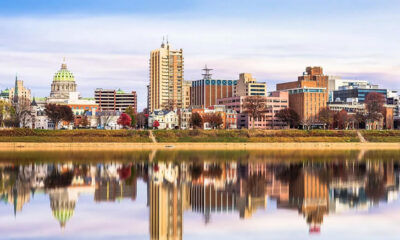

The Happiest Towns in America – Did Yours Make the…
-
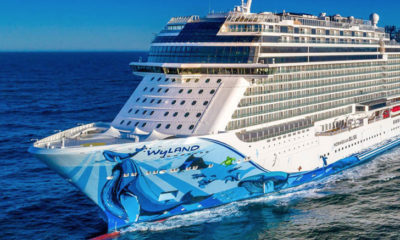
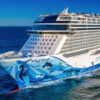
Norwegian Extends Vaccine Requirement Indefinitely
-

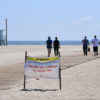
Los Angeles Stay-At-Home Orders May Extend Through August

